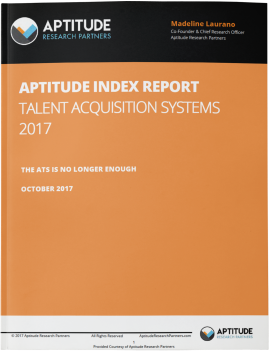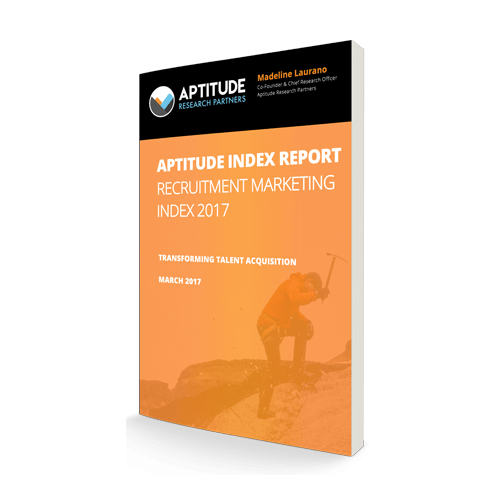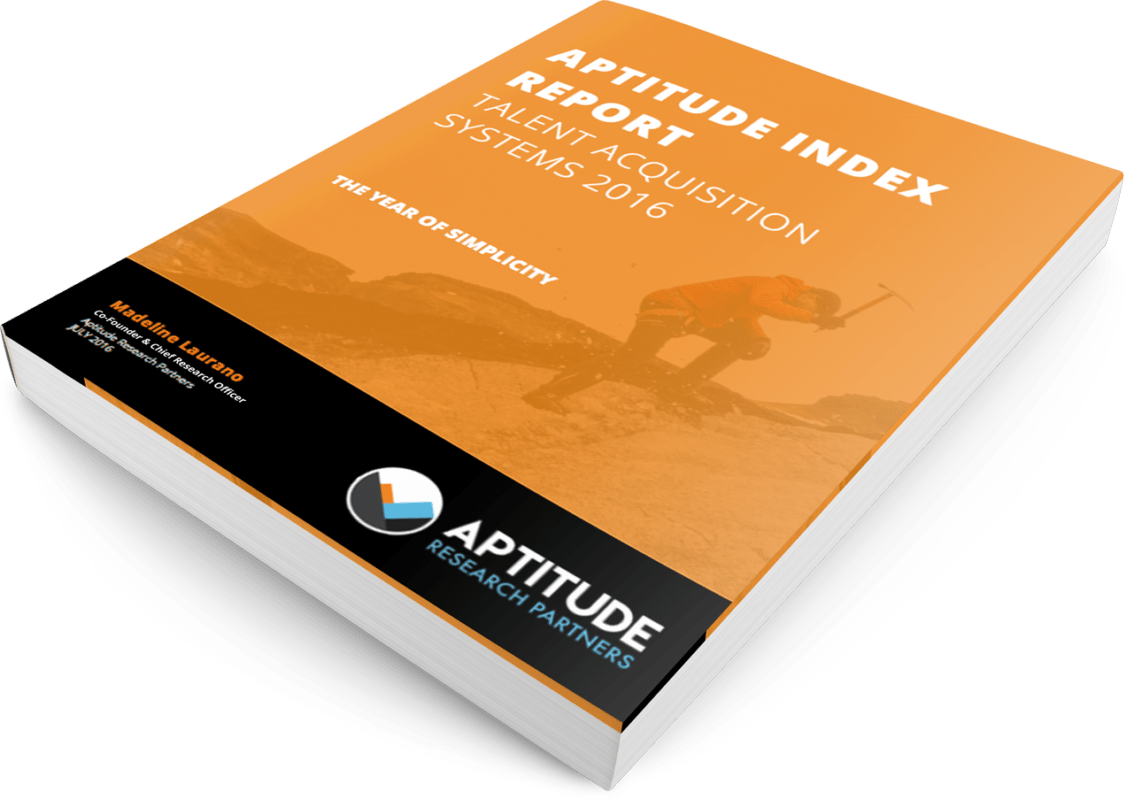This phrase seems to be the rally cry for many of today’s largest companies. Financial firms are now competing for tech talent against companies like Google and Facebook. According to CB Insights, Goldman Sachs is hiring more tech talent this year than financial talent with a third of its workforce in engineering roles. JP Morgan has created “Tech Connect” to attract and develop tech talent and Morgan Stanley is upping its game as well. These firms are offering competitive salaries and considering more relaxed work environments that might appeal to the Silicon Valley genre of talent. And they are not alone. According to McKinsey & Company, large companies will make technology-related investments averaging hundreds of millions of dollars and some upwards of a billion dollars in the next five years. Every large company seems to be trying to become a tech company. But what do these firms need to consider if they want to recruit the best of the best?
Here are a few or our recommendations for a more tech-friendly talent acquisition strategy:
– Invest in Best-of-Class Technology: The top tech talent are not going to want to work for a company that uses outdated or traditional recruitment software. If you are going to be taken seriously as a technology company, consider you own tech investments including your recruitment marketing solutions, employer branding, ATS, and onboarding solutions. These solutions should provider the right candidate communication and a simple, consumer-like experience.
– Consider Scheduling Tools: Many of the tech companies are startups are experimenting with different scheduling tools such as Olivia, Brazen, and Calendly. Not only do these tools lift the administrative burden for recruiters but they show tech companies that your firm is up-to-date with the latest innovation.
– Narrow Your Candidate Pool: If you want to be more effective at identifying the best candidates and competing for talent, you may want to consider assessment tools. These solutions can help you identify talent with the right skills, personality, and cultural fit.
– Invest in Employer Branding: If your company is transforming, you will need to update your employer brand. You will need to showcase why top tech talent would want to work for your firm using video and social channels. It might mean a change in company culture, competitive salaries, or highlighting your existing top talent.
As most companies try to establish themselves as tech companies, they will need to do more to identify and attract top talent. Recruiting in tech is one of the most competitive markets right now and companies that will succeed will need to highlight their brand, connect with candidates in a meaningful way, and use innovative technology.








